Craving those light, pillowy clouds of fried dough you'd find in a charming Parisian café? These vanilla french beignets are about to become your new weekend tradition. I've been making these homemade beignets for years, and trust me, once you taste that first warm bite covered in powdered sugar, you'll understand why they're worth every minute. The vanilla bean adds such a lovely depth that takes these traditional beignets from good to absolutely incredible. Whether you're planning a special brunch or just want to treat yourself, these vanilla french beignets deliver that authentic French pastry experience right in your own kitchen.
Making vanilla french beignets at home might sound fancy, but it's actually pretty straightforward. The dough comes together easily, and the frying process is quick once you get the hang of it. What I love most is how these fluffy beignets stay light and airy inside while getting that perfect golden exterior.
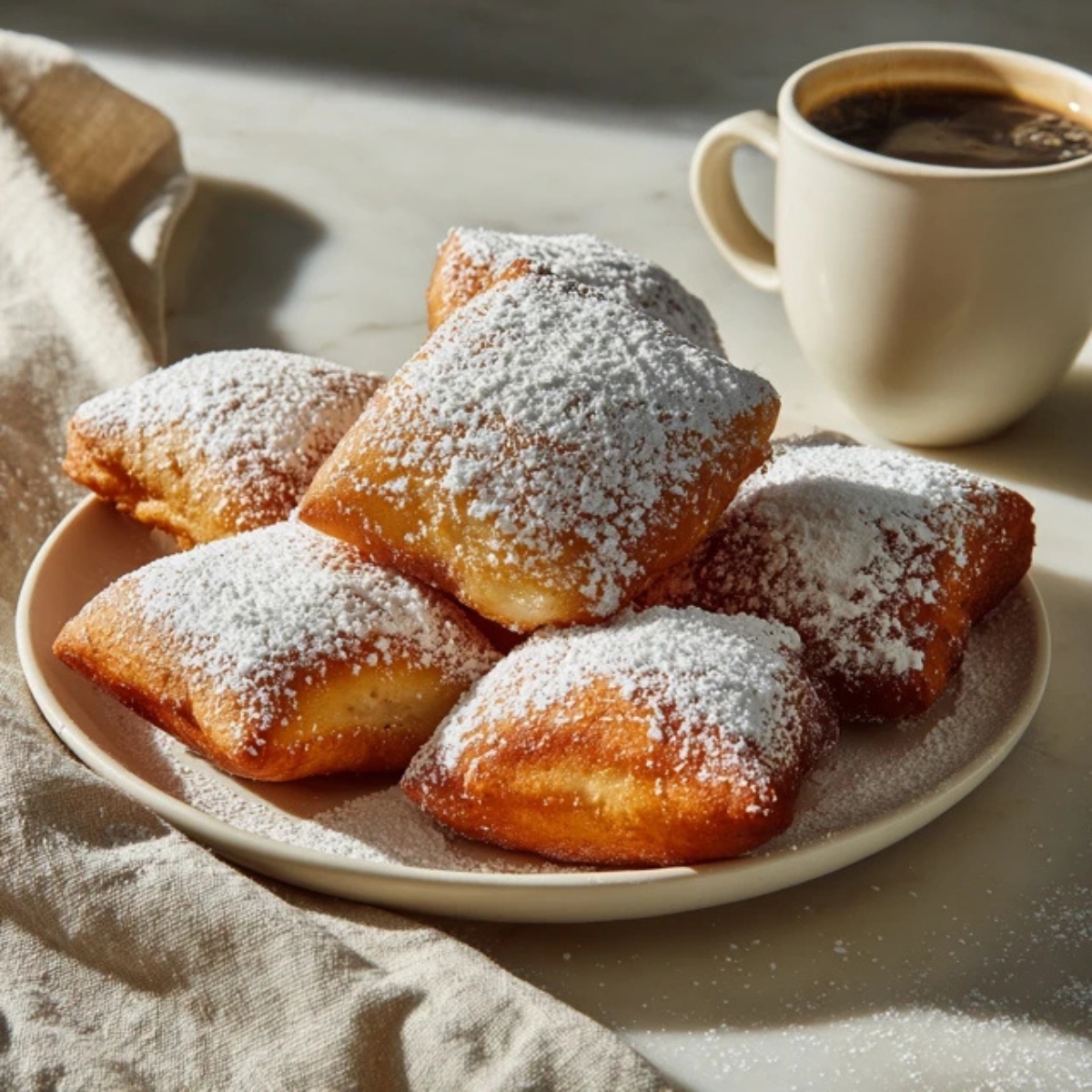
Background & The Magic Behind These French Pastries
The story of vanilla french beignets goes back centuries to France, where they've been a beloved breakfast and dessert staple. These French doughnuts made their way to New Orleans through French settlers, becoming an iconic part of the city's food culture. What makes vanilla french beignets special is their incredibly light texture; they're not dense like typical doughnuts. The yeast dough creates these beautiful air pockets that puff up when fried, giving you that signature hollow center.
Adding vanilla bean to classic french beignet recipe takes them to another level. The tiny vanilla seeds scattered throughout the dough create little flavor bursts in every bite. This recipe strikes the perfect balance between traditional beignets and a touch of modern flavor. They're best enjoyed fresh and warm, ideally within an hour of frying, when that exterior is still slightly crisp and the inside remains soft. Pair them with strong coffee or hot chocolate for an authentic French café experience that'll transport you straight to the streets of Paris or the French Quarter.
Jump to:
Ingredients
For the Beignet Dough
- Whole milk (110°F)
- Active dry yeast (1 packet)
- Granulated sugar
- Egg, room temperature
- Vanilla bean, seeds scraped (or 2 teaspoons pure vanilla extract)
- Bread flour, plus extra for dusting
- Salt
- Unsalted butter, softened
- Vegetable oil for deep frying (about 6-8 cups)
For Topping
- Powdered sugar for dusting
- Extra vanilla sugar (optional)
Substitution Tips: Swap whole milk with almond milk for a dairy-free version. Use all-purpose flour if bread flour isn't available, though bread flour gives better structure. For a gluten-free option, try a 1:1 gluten-free baking flour blend, but expect a slightly different texture.
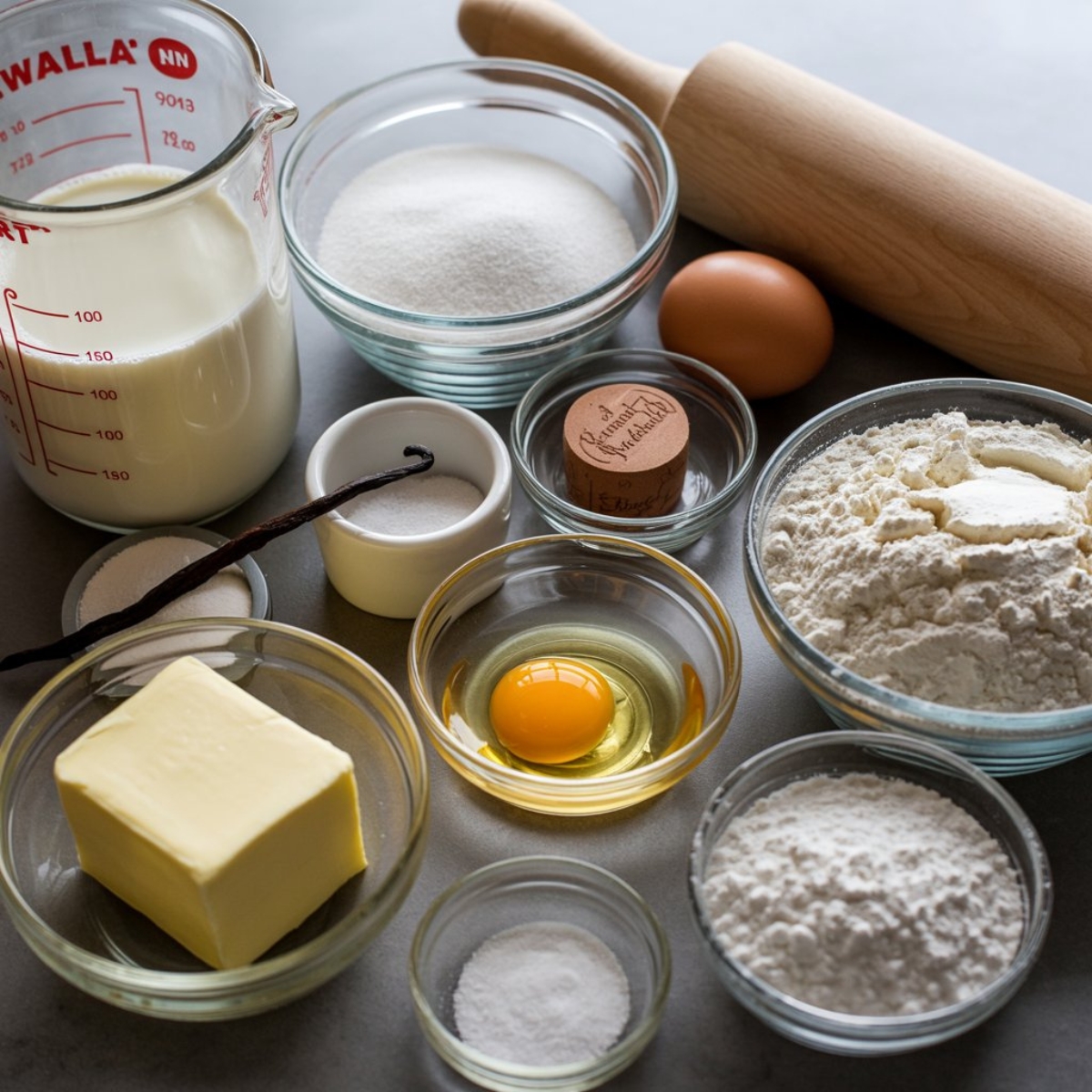
See recipe card for quantities.
Instructions
Step 1: Activate the Yeast & Mix the Dough
- Pour warm milk into a large mixing bowl and sprinkle the dry yeast over top.
- Add 1 tablespoon of the sugar and let sit for 5-7 minutes until foamy and activated.
- Whisk in the remaining sugar, egg, and vanilla bean seeds until well combined.
- Add 2 cups of bread flour and salt, mixing with a wooden spoon until smooth.
- Stir in the softened butter until fully incorporated into the batter.
- Gradually add the remaining flour, ½ cup at a time, until a soft dough forms.
- Turn dough onto a lightly floured surface and knead for 5-6 minutes until smooth and elastic.
Step 2: Let the Dough Rise
- Lightly grease a large bowl with oil or butter.
- Place the dough ball in the bowl and turn to coat all sides.
- Cover tightly with plastic wrap or a damp kitchen towel.
- Set in a warm, draft-free spot for 1-1½ hours until doubled in size.
- The dough should feel puffy and spring back slowly when gently pressed.
Step 3: Roll & Cut the Beignets
- Punch down the risen dough to release air bubbles.
- Transfer to a floured work surface and roll to ¼-inch thickness.
- Use a sharp knife or pizza cutter to cut into 2-3 inch squares or rectangles.
- Place cut beignets on a parchment-lined baking sheet.
- Cover loosely with a towel and let rest for 20-30 minutes for a second rise.
- This second rise helps create those airy, fluffy beignets you're after.
Step 4: Fry to Golden Perfection
- Pour oil into a heavy-bottomed pot or deep fryer to a depth of 3 inches.
- Heat oil to 360-370°F using a thermometer for accuracy.
- Carefully slide 2-3 beignets into the hot oil without crowding.
- Fry for 2-3 minutes until golden brown on the bottom, then flip with a slotted spoon.
- Cook another 2 minutes on the second side until evenly golden.
- Remove to a paper towel-lined plate to drain excess oil.
- Repeat with remaining vanilla french beignets, maintaining oil temperature between batches.
- Generously dust warm beignets with powdered sugar while still hot.
Expert Cooking Tips
Getting perfect homemade beignets takes a few insider tricks. Here's what I've learned over countless batches:
- Temperature Control: Oil temperature is critical for fluffy beignets. Too hot and they'll brown before cooking through; too cool and they'll absorb excess oil and turn greasy. Keep that thermometer handy and adjust your heat as needed between batches.
- Dough Consistency: Your authentic beignet dough should be soft and slightly tacky, not dry. If it feels too stiff, knead in a tablespoon of warm milk. Too sticky? Add flour one tablespoon at a time.
- Don't Skip the Rises: Both rising periods are important. The first develops flavor and structure, while the second creates that light texture. Rushing these steps results in dense, heavy beignets.
- Cut Clean Edges: Use a sharp knife or pizza cutter and press straight down without dragging. Clean cuts help the French doughnuts puff up evenly and create those beautiful puffy shapes.
- Fry in Small Batches: Overcrowding the pot drops the oil temperature too much. Fry only 2-3 at a time for consistent results.
- Dust Immediately: Add powdered sugar while the beignets are still warm so it sticks properly and creates that iconic snowy appearance.
Recipe Variations & Substitutions
These vanilla french beignets are wonderfully versatile. Here are my favorite ways to mix things up:
- Chocolate Lovers: Add 3 tablespoons cocoa powder to the dry ingredients for chocolate beignets. Dust with a mix of powdered sugar and cocoa powder for double chocolate goodness.
- Citrus Twist: Replace vanilla bean with lemon or orange zest (1-2 tablespoons) for bright, citrusy French pastries. These pair beautifully with berry compotes.
- Filled Beignets: Use a piping bag to inject vanilla custard, chocolate ganache, or fruit preserves into cooled beignets. Insert the tip into the side and squeeze gently.
- Savory Version: Skip the sugar in the dough and add herbs like rosemary or thyme. Dust with parmesan instead of powdered sugar for an appetizer twist.
- Baked Option: For healthier baked beignets, brush with melted butter and bake at 375°F for 12-15 minutes until golden. They won't be quite as airy but still delicious.
- Dietary Adaptations: Make vegan vanilla french beignets by using plant-based milk, vegan butter, and replacing the egg with a chia seed egg substitute (1 tablespoon chia seeds mixed with 3 tablespoons water, let sit 10 minutes).
- Flavored Sugars: Mix cinnamon, cardamom, or matcha powder into your powdered sugar for unique flavor combinations.
Equipment Recommendations
Having the right tools makes creating vanilla french beignets much easier:
- Heavy-bottomed pot or Dutch oven (at least 5-quart capacity) for stable frying temperature
- Deep-fry or candy thermometer for precise oil temperature monitoring
- Rolling pin for even dough thickness
- Pizza cutter or sharp knife for clean, straight cuts
- Slotted spoon or spider strainer for safe beignet flipping and removal
- Stand mixer with dough hook (optional but helpful) for easier kneading
- Kitchen scale for more accurate flour measurements
Storage & Meal Prep Tips
- Immediate Enjoyment: These new orleans style beignets are absolutely best eaten fresh and warm. Plan to serve them within 1-2 hours of frying for optimal texture.
- Short-term Storage: Store leftover vanilla french beignets in an airtight container at room temperature for up to 1 day. Reheat in a 350°F oven for 5 minutes to crisp up.
- Freezing Dough: Prepare the dough through the first rise, then punch down and wrap tightly in plastic wrap. Freeze for up to 1 month. Thaw overnight in the refrigerator, then proceed with rolling and cutting.
- Freezing Fried Beignets: Flash freeze cooked beignets on a baking sheet, then transfer to freezer bags for up to 2 months. Reheat from frozen at 375°F for 8-10 minutes. Dust with fresh powdered sugar after reheating.
- Make-Ahead Strategy: Cut the beignets and place on a parchment-lined baking sheet. Cover and refrigerate overnight. Let come to room temperature for 20 minutes before frying.
- Dough Prep: You can make the vanilla french beignets dough the night before. After the first rise, punch down, cover tightly, and refrigerate. The cold fermentation actually improves flavor. Bring to room temperature before rolling.
The Secret That Changes Everything
Here's the game-changer I learned from a French pastry chef: add a tablespoon of vodka to your vanilla french beignets dough. I know it sounds odd, but alcohol evaporates faster than water during frying, creating extra steam and even lighter, airier beignets. The alcohol cooks off completely, leaving no taste behind.
Another secret? Let your cut vanilla french beignets rest uncovered for the last 10 minutes before frying. This creates a slight skin on the surface that helps them hold their shape better and puff up more dramatically in the hot oil. These two simple tricks have transformed my beignets from good to absolutely extraordinary.
FAQ
What are French beignets made of?
French beignets are made from a simple yeast dough containing flour, milk, eggs, sugar, butter, and yeast. Unlike cake doughnuts, vanilla french beignets use yeast which creates their signature light, airy texture. The dough is rolled thin, cut into squares, and deep-fried until golden before being dusted generously with powdered sugar.
What makes French vanilla different from regular vanilla?
French vanilla traditionally refers to a custard-based preparation using egg yolks, giving it a richer, creamier flavor profile. In vanilla french beignets, using vanilla bean paste or scraped vanilla bean seeds provides more intense, complex flavor than vanilla extract. The visual vanilla specks also add an elegant, gourmet appearance to the finished pastries.
What is the difference between French and American beignets?
French beignets are typically lighter and airier with a delicate, almost hollow center, made from yeasted dough. American-style beignets, especially from New Orleans, are often slightly denser and may include evaporated milk for richness. Both styles are delicious, but authentic vanilla french beignets from France tend to be more delicate and less sweet than their American cousins.
What is the secret to making beignets?
The secret to perfect vanilla french beignets lies in three key areas: proper oil temperature (360-370°F), adequate rising time for the yeast dough, and not overworking the dough. Additionally, cutting the dough with clean, straight cuts without dragging helps them puff evenly. Frying in small batches maintains consistent temperature for that golden, fluffy result every time.
Treat Yourself to More Sweet Delights
Now that you've mastered these incredible vanilla french beignets, you'll want to keep that baking momentum going. These fluffy, powdered sugar-dusted treats are perfect for weekend brunches, holiday mornings, or whenever you need something special. The beauty of homemade beignets is that once you make them a few times, the process becomes second nature, and you'll find yourself whipping them up whenever the craving strikes.
If you loved these vanilla french beignets, you'll definitely want to try our Blueberry Sweet Rolls Recipe; they have that same yeasted dough magic with a fruity twist that's absolutely irresistible. And for another vanilla-forward dessert, our Vanilla Cream Tarts Recipe offers an elegant option that's surprisingly simple to make. Both recipes share that homemade pastry quality that makes vanilla french beignets so special. Drop a comment below and let me know how your beignets turned out, and don't forget to share your creations with friends and family!
With love from my kitchen to yours,
Aubrey James
Related
Looking for other recipes like this? Try these:
Pairing
These are my favorite dishes to serve with this vanilla french beignets recipe:

Vanilla French Beignets Recipe
Equipment
- Heavy-bottomed pot or Dutch oven For frying
- Deep-fry thermometer To maintain oil temperature
- Rolling pin For even dough thickness
- Pizza cutter or sharp knife For clean edges
- Slotted spoon or spider strainer For flipping and removing beignets
- Stand mixer (optional) For kneading dough easily
- Kitchen scale For accurate flour measurements
Ingredients
For the Dough
- 1 cup warm whole milk (110°F) can substitute almond milk
- 2¼ teaspoons active dry yeast 1 packet
- ¼ cup granulated sugar divided
- 1 large egg room temperature
- 1 vanilla bean seeds scraped (or 2 teaspoon vanilla extract)
- 3½ cups bread flour plus extra for dusting
- ½ teaspoon salt
- 3 tablespoons unsalted butter softened
- 6–8 cups vegetable oil for deep frying
For Topping
- 1 cup powdered sugar for dusting
- optional vanilla sugar extra flavor
Instructions
- Activate yeast in warm milk with sugar until foamy.
- Mix in egg and vanilla, then add flour, salt, and butter to form soft dough.
- Knead 5–6 minutes until smooth; cover and let rise 1–1½ hours.
- Roll dough ¼-inch thick; cut into 2–3 inch squares.
- Let cut dough rest 20–30 minutes for second rise.
- Fry at 360–370°F for 2–3 minutes per side until golden.
- Drain and dust immediately with powdered sugar.

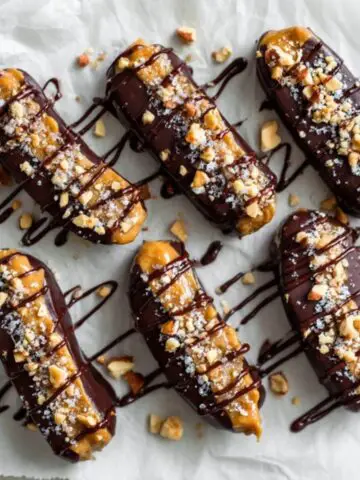
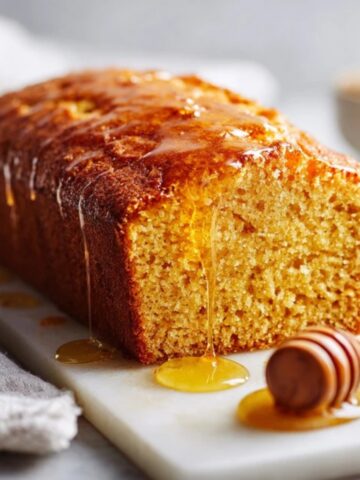



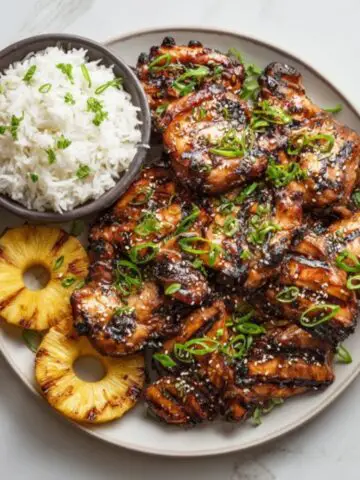




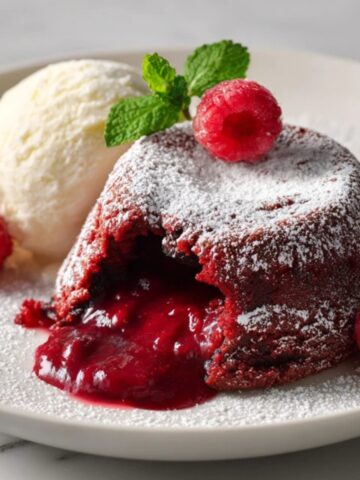
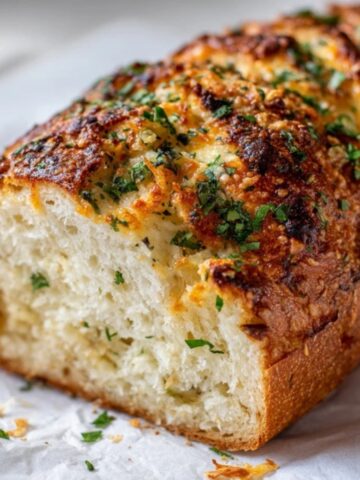
Leave a Reply